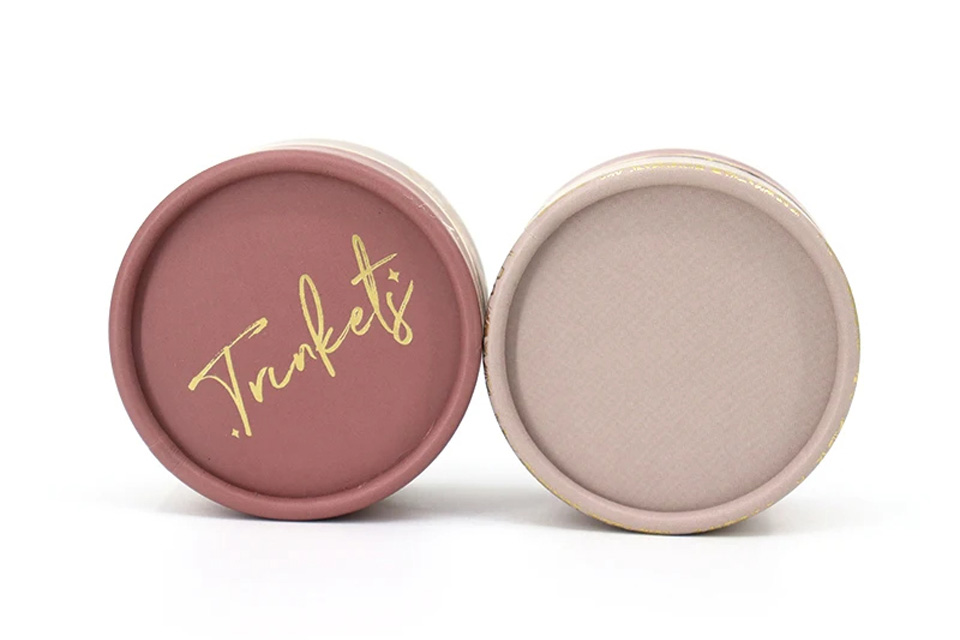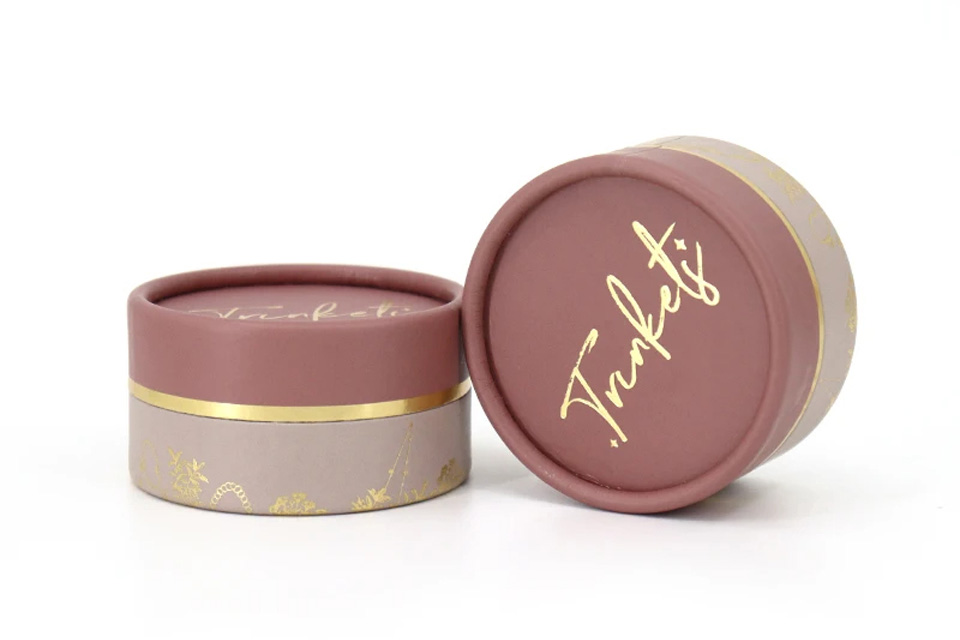Matt film and glossy film: the balance between aesthetics and function in packaging printing
Matt film and glossy film: the balance between aesthetics and function in packaging printing
Abstract
In the field of packaging printing, lamination technology is the core technology to enhance product texture and protective performance. Matt film and glossy film are two mainstream lamination methods, which respectively create completely different visual languages with matte frosting and glossy mirror effects. Matt film is known for its low-key elegance and is suitable for high-end gifts and luxury goods packaging; glossy film has the advantages of brilliant colors and strong visual impact, and is commonly used in advertising and fast-moving consumer goods packaging. This article analyzes the difference between the two from three dimensions: appearance difference, application scenario and cost performance, and discusses its selection strategy in combination with industry cases, providing a scientific reference for packaging design and printing technology.
1. Vision and touch: the core difference between matt film and glossy film
1. Binary opposition of aesthetic expression
Matt film forms a diffuse reflective surface through atomization treatment, presenting a soft matte texture, just like the delicate touch of museum exhibits. Taking tea gift boxes as an example, matte film can transform the artistic conception of traditional Chinese ink painting into a matte texture that is within reach, avoiding reflections that interfere with the expression of cultural atmosphere (Dongguan Zhitong Packaging Case). On the other hand, the mirror reflection characteristics of glossy film can make the metal LOGO of electronic product packaging present a bright luster, such as the glossy film gift box customized by Changzhou Quanchen Printing for smart watches, which enhances the sense of technology through the high-gloss effect.
2. Functional extension of tactile experience
The frosted texture on the matte film surface not only improves the grip and anti-slip properties, but also conveys quality information through touch. The packaging boxes of Swiss luxury watch brand Patek Philippe use matte film imported from Germany. The fine grain feeling of consumers' fingertips when opening the box becomes a brand memory point. The smooth surface of the glossy film is more conducive to cleaning and maintenance. For example, after McDonald's takeaway bags use glossy film, the efficiency of wiping oil stains is increased by 40% (Jicai Paper Product Process Report).
3. Intelligent design of ambient light response
In strong light environment, the 5%-15% glossiness of matte film (ASTM D523 standard) can eliminate more than 90% of glare, which is particularly critical for car navigation system packaging boxes - when the driver opens the package in the sun, the reflection of the package will not affect the driver's vision. The dynamic reflection effect of the bright film under the spotlight of the shopping mall can make the lipstick packaging produce a flowing light effect, stimulating impulse consumption (optical test data of Bafang Resources Network).
2. Scenario-based application: from functional requirements to brand narrative
1. High-end matte film matrix
Luxury goods field: Hermès scarf box uses French custom matte film, the matte effect forms a tactile contrast with the silk texture, and creates a sense of ritual when opening the box. Cultural products: The "A Thousand Miles of Rivers and Mountains" commemorative album of the Palace Museum Cultural and Creative uses a double-layer matte film, the outer layer is wear-resistant and the inner layer is anti-fingerprint, taking into account both viewing and collection needs. Food packaging: The matte film gift box of Japanese HIBIKI whiskey simulates the texture of oak barrels through tactile changes, achieving a three-dimensional experience of vision, touch and taste.
2. The commercial communication value of bright film
Fast-moving consumer goods field: Coca-Cola's summer limited cans use pearlescent bright film, which creates a strong attraction at a visual distance of 2 meters on the shelf. Publishing industry: The cover of National Geographic magazine uses bright film + local UV technology to make the northern lights picture present dynamic luster, and the sales volume of a single issue increased by 23%. Industrial packaging: Germany's Bosch tool set achieves IP67 waterproof level through bright film, and the high-gloss surface can print QR code to achieve anti-counterfeiting traceability.
3. Innovative breakthroughs in mixed processes
Avant-garde designers are trying the "matte-bright combination" process:
- Gradient lamination: Dior Valentine's Day gift box laser engraves bright film patterns on the matte film base, and hidden heart patterns emerge in the light and shadow changes.
- Tactile coding: British Hush Puppies shoe boxes embed Braille dots on the matte film surface, taking into account the needs of the visually impaired and anti-counterfeiting functions.
- Intelligent response: Xiaomi smart speaker packaging uses temperature-changing bright film, and the finger touch area will temporarily turn matte, enhancing the interactive fun.
III. Game balance between cost and performance
1. Economic account of raw materials and processes
The production cost of matte film is 15%-20% higher than that of bright film (China Packaging Federation 2024 data), mainly due to:
- The addition of matting agent increases the cost of PET substrate by 8%
- The matte effect requires a multi-level embossing process, which increases energy consumption by 12%
- The scrap rate is 3-5 percentage points higher than that of bright film
However, the high-end tea brand Xiaoguan Tea has a 30% premium through matte film packaging, proving that quality improvement can cover the cost increase.
2. Life cycle cost accounting
The glossy film has significant advantages in anti-wear during transportation:
- Express test shows that the number of scratches on the glossy film packaging box after 200 kilometers of transportation is 67% less than that of the matte film
- However, the matte film has better chemical corrosion resistance. In the salt spray test of cosmetic packaging, the corrosion resistance time is 200 hours longer than that of the glossy film
Therefore, electronic products with a transportation distance of more than 500 kilometers tend to use glossy films, while perfume packaging with a long storage cycle often chooses matte films.
3. Technological innovation under environmental regulations
The EU REACH regulation promotes the upgrading of matte film technology:
- Germany's Henkel Group has developed a water-based matte film coating, and VOC emissions have been reduced to 3g/m²
- In the field of glossy films, Japan's Toray Chemical has developed a degradable PLA glossy film with a natural decomposition rate of 92% in 6 months These innovations make the laminating process meet the requirements of the circular economy. For example, IKEA will fully adopt bio-based matte film packaging in 2025.
Summary
The choice between matte film and glossy film is essentially a visual translation process of brand value. Matt film tells the eternal classic with restrained aesthetics, while glossy film captures instant attention with bold personality. In packaging and printing practice, designers need to comprehensively consider three major factors: product positioning (high-end/mass), usage scenarios (warehousing/display), and cost structure (short-term/long-term). With the development of smart materials and green processes, innovative products such as self-repairing matte film and photoelectric response glossy film may appear in the future, but the core logic remains unchanged - sublimating physical protection into emotional resonance through lamination technology.
References
- Analysis of high-end packaging lamination process - Dongguan Zhitong Packaging
- Application of optical film in commercial packaging - Changzhou Quanchen Printing
- White Paper on Sustainable Lamination Technology - Jicai Paper Products
- Global Lamination Material Market Report - Bafang Resources Network



